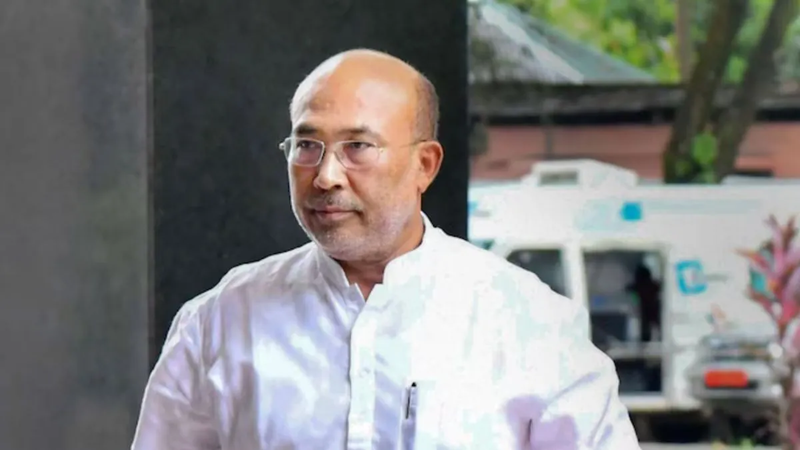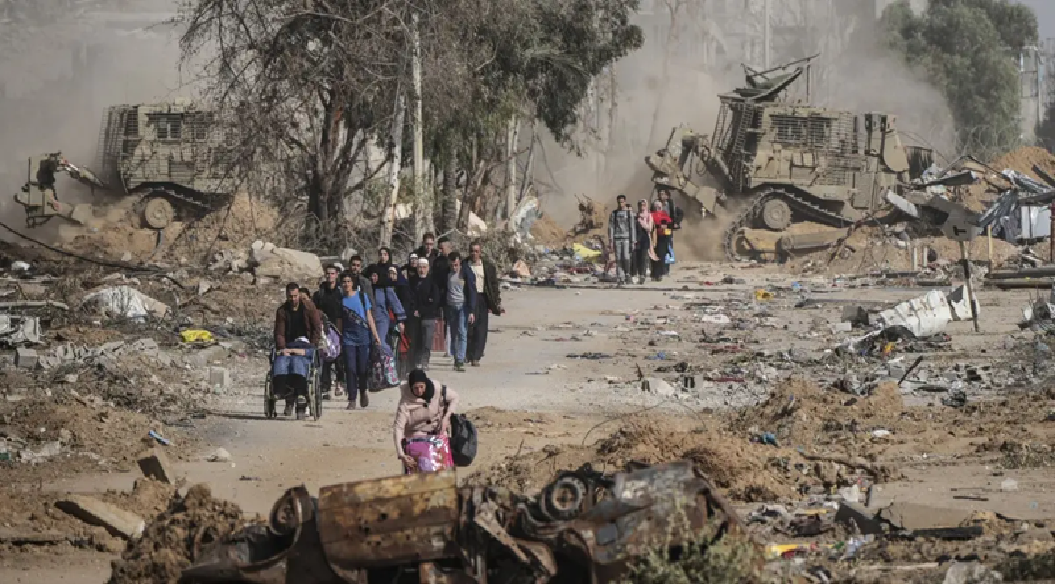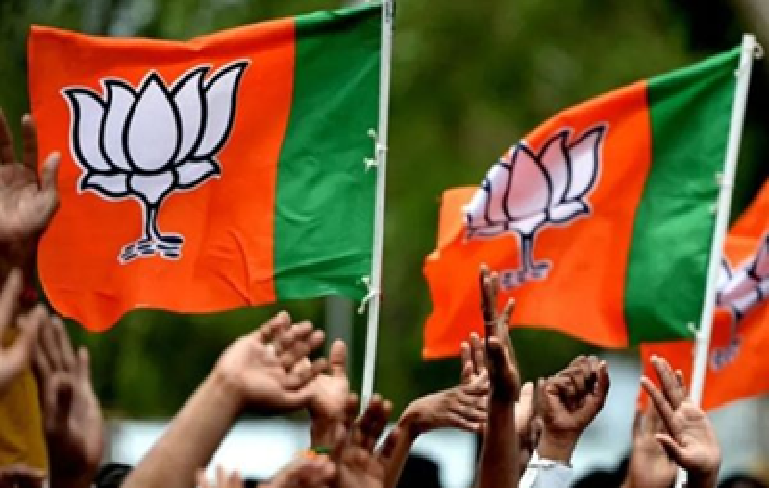
Para-athletes excel, but govt support not enough
Indian athletes continue to rally behind the nation’s Olympic-sized aspirations.
This year, the ambitious catchphrase “Iss baar sau paar” was coined to symbolize India’s medal ambitions at the Asian Games. This target was not only met but exceeded in Hangzhou, with the Indian contingent securing an impressive 111 medals at the Asian Para Games, a substantial achievement and cause for celebration.
In a historic encore in Hangzhou, India achieved a remarkable tally of 111 medals, consisting of 29 gold, 31 silver, and 51 bronze medals at the Asian Para Games.
While this count may pale in comparison to China’s 521 medals, the consecutive centuries of medals in Hangzhou and the 107 medals at the Asian Games demonstrated a sporting ecosystem in India that consistently produced champion athletes and promoted inclusivity.
The icing on the cake was the creation of six world records and 13 Asian records by Indian athletes. India secured its first-ever medals in rowing, canoeing, and taekwondo.
For a long time, para sports had been largely overlooked within India’s sporting landscape. At the 2008 Beijing Paralympics, for instance, India sent only five athletes and returned without any medals.
However, in Rio eight years later, 19 Indian Paralympians brought home four medals, including two golds. Indian para-athletes, with their remarkable determination, have brought pride to the nation.
Consider swimmer Suyash Narayan Jadhav, who overcame the loss of both hands due to an electrocution accident at his brother’s wedding.
Or 400m runner Dilip Mahadu Gavit, who won India’s 100th medal despite having his right arm amputated below the elbow. Canoeist Prachi Yadav, paralyzed from the waist down, defied the odds to reach the podium.
World record-holder javelin thrower Sumit Antil exudes self-confidence and aims to challenge his competitors. However, Indian para-athletes face significant challenges.
They receive minimal government support and continue to struggle for basic facilities in their everyday and sporting lives. From a lack of proper training infrastructure to financial constraints, para-athletes confront daunting obstacles.
Even para tournaments in India often suffer from poor organization. Moreover, many government offices are not wheelchair accessible, making daily life more challenging for para-athletes. When they compete abroad, they experience the contrast of well-equipped facilities, which enhances their sense of independence.
The shortage of specialized coaches for para-athletes, who require scientific interventions tailored to their profiles, compounds the challenges. While the sports ministry received substantial funding in the budget, para-athletes do not receive a fair share of these resources.
Para sports must be perceived as a viable career option for individuals with physical disabilities rather than just an alternative. A helping hand is all that individuals with disabilities need.
To level the playing field for para-athletes, the next step should involve providing them with easy access to local sports facilities. Every ramp constructed will contribute to nurturing talent, leaving a lasting legacy beyond the medals.
 English daily published in Bengaluru & Doha
English daily published in Bengaluru & Doha






